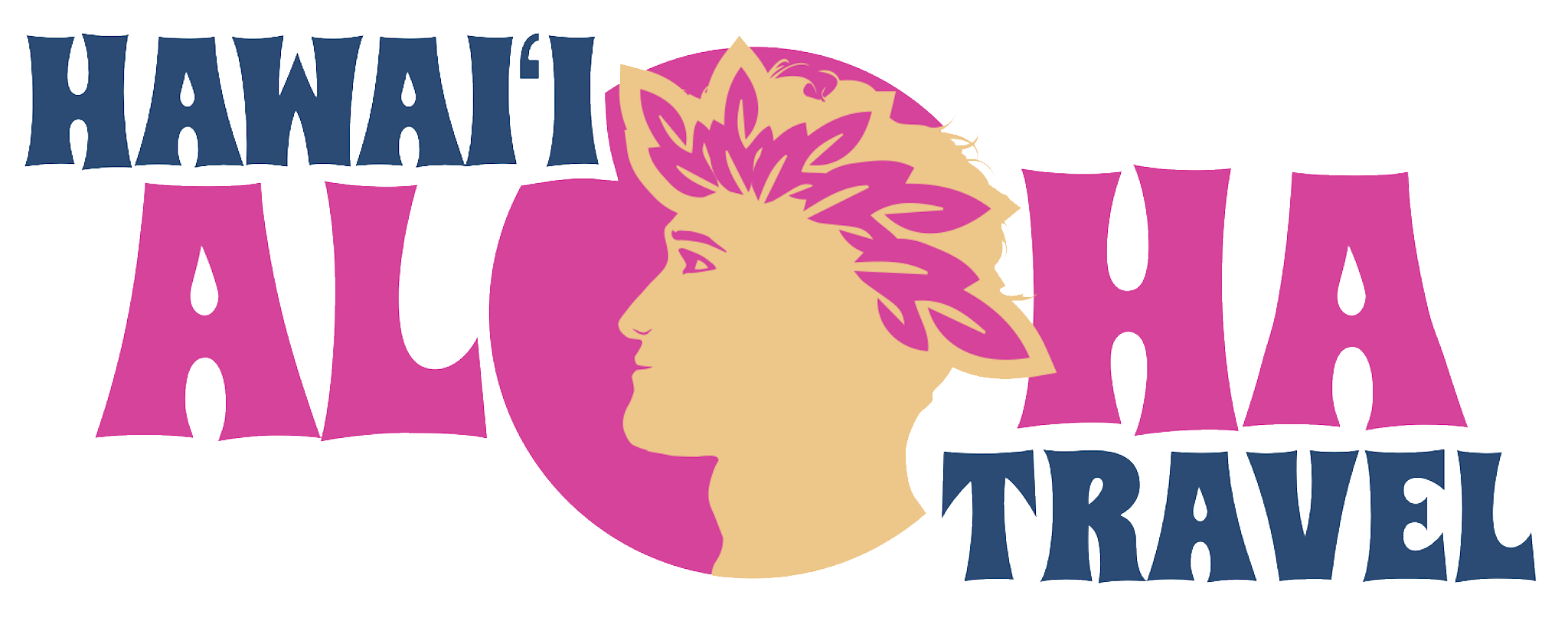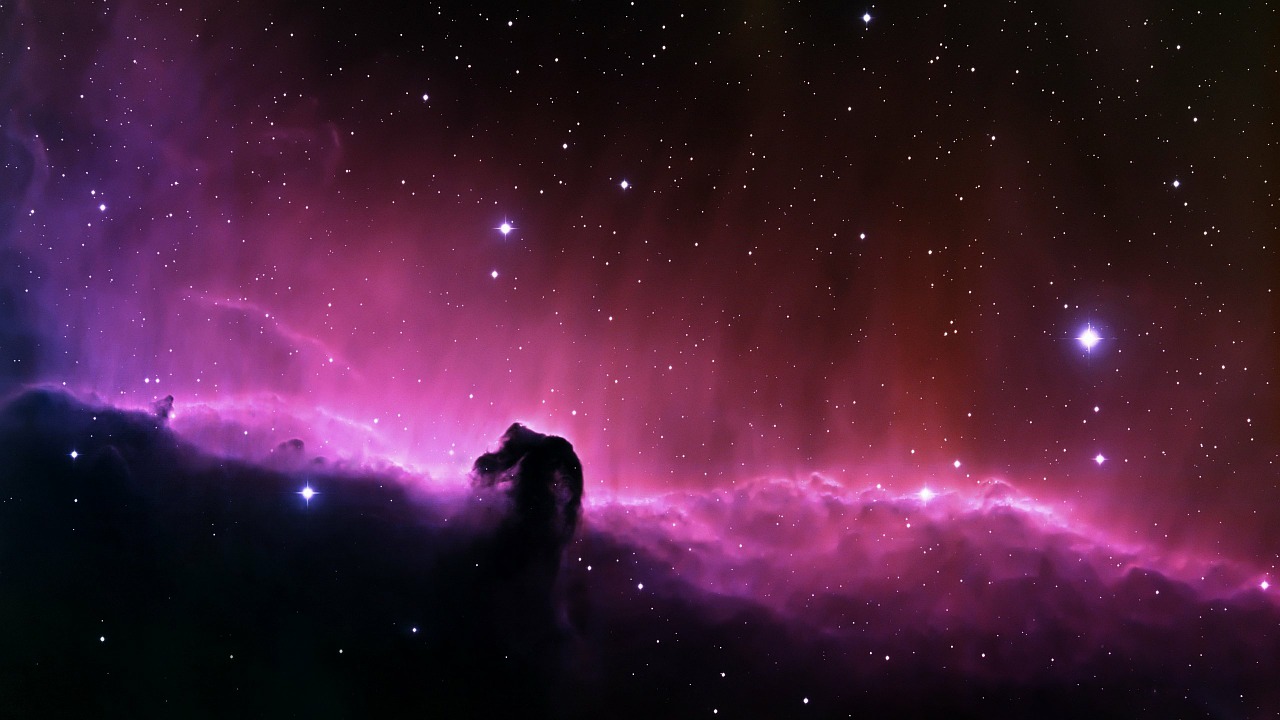Hawaii enjoys several advantages that make it an ideal place for amateur and professional stargazers alike.When the skies are clear, the vast tapestry of celestial bodies visible to the naked eye is a wonder to behold. The recent “Blood Moon” total lunar eclipse proved that amateur stargazing is hugely popular in Hawaii with news and social media teeming with images and anecdotes about the unusual phenomenon. In this post we’ll make Hawaii Stargazing easy.
The most important advantage Hawaii has for stargazers is the relatively low levels of atmospheric and light pollution afforded by our remote location in the Pacific Ocean, thousands of miles from the urban sprawl that makes stargazing along the East and West Coasts, for example, problematic.
Hawaii’s consistent northeasterly trade winds blow away particulate air pollution from industry and energy consumption. This is a major reason that there is a cluster of observatories at the summit of Mauna Kea on Hawaii Island. At 13,000 feet, there is simple less in the atmosphere to obscure a view of the stars, and the lack of development at that altitude means that there is virtually no light pollution. It is one of the most ideal places on earth to peer into the heavens.
In addition to perfect natural conditions for observing the stars, astronomy enthusiasts may also enjoy a variety of community resources and organizations that enable educated viewing. The Hawaii Astronomical Society holds three “star parties” each celestial month at varying locations, free and open to the public. The events include the use of high-powered telescopes and lively discussion. Visit the Hawaii Astronomical Society website for friendly tips on “star party” etiquette.
The Jhamandas Watamull Planetarium at Oahu’s Bishop Museum offers a variety of educational programs for adults and children, from nighttime stargazing to the acclaimed, full-dome presentation of Wayfinders: Waves, Wind, and Stars, and immersive film that explores ancient Polynesian navigation techniques using the stars and planets as guides.
The University of Hawaii Manoa’s Institute for Astronomy also offers enriching outreach programs that include lectures, stargazing parties, and celestial event viewings on Oahu, Maui, and Hawaii Island.
On Hawaii Island at Mauna Kea, there is a variety of stargazing programs and tours available to the public. The Imiloa Astronomy Center at the University of Hawaii Hilo offers engaging, interactive exhibits, two planetarium shows, and frequent lectures, temporary exhibits, and children’s events.
For those who want to get closer to the stars, the Mauna Kea Visitor Information Station offers free stargazing events every night. It is important for visitors to the station to remember that at a 9200 foot elevation, temperatures can become very cold. Visitors are advised to dress warmly for nighttime activities. There is also a variety of paid, private Mauna Kea stargazing tours available from a number of Big Island companies.
The beauty of stargazing in Hawaii comes not only from the stars themselves, but from the fact that on any night with favorable conditions, which are many, residents and visitors alike have only to find an out-of-the-way location away from the light pollution of urban centers, look to the skies, and take in some of the best stargazing on the planet.
Here are some notable celestial events of interest yet to come in 2014:
April 22 – Lyrid Meteor Shower
July 27 – Delta-Aquarid Meteor Shower
August 12 – Perseid Meteor Shower
September 22 – Autumnal Equinox
October 8 – Total Lunar Eclipse
October 21 – Orionid Meteor Shower
November 5 – N. Taurid Meteor Shower
November 17 – Leonid Meteor Shower
December 14 – Geminid Meteor Shower
December 22 – Ursid Meteor Shower




